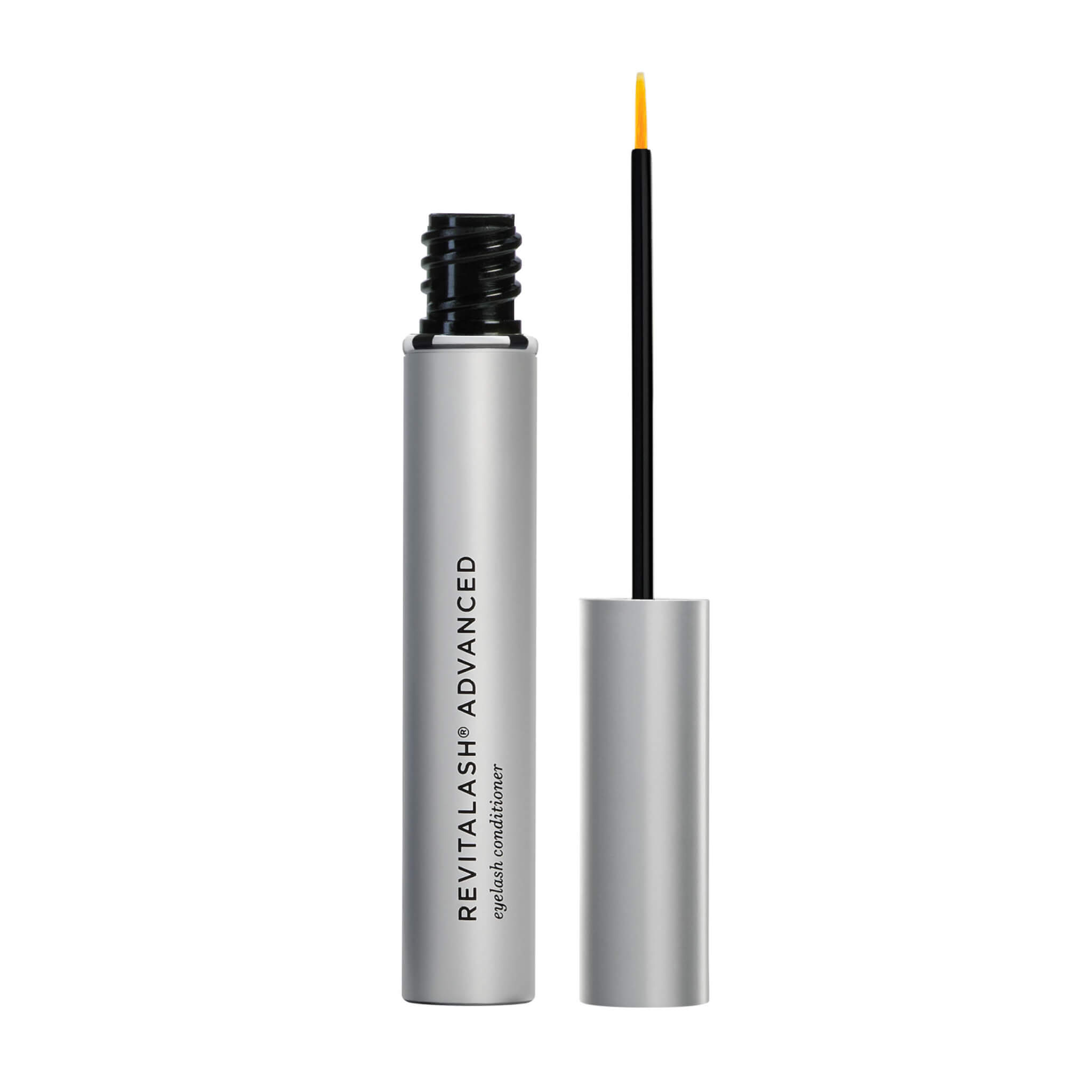
RevitaLash Advanced Eyelash Conditioner 2.0 ml

We are located between Sid Peterson Hospital and Wells Fargo Bank on Hill Country Drive.
Get Directions|
Monday: |
8:00AM - 5:00PM |
|
Tuesday: |
8:00AM - 5:00PM |
|
Wednesday: |
8:00AM - 5:00PM |
|
Thursday: |
8:00AM - 5:00PM |
|
Friday: |
Closed |
|
Saturday: |
Closed |
|
Sunday: |
Closed |
Book an appointment with a provider.

Mack Rachal, MD, PhD, FAAD
General DermatologyCosmetic DermatologySkin Cancer
Accepting New Patients
U.S. Dermatology Partners Kerrville, formerly Hill Country Dermatology Kerrville, is dedicated to helping you and your family maintain healthy skin for a lifetime.
We are proud to serve many of the surrounding counties and other smaller rural communities near Kerrville, Texas. Our hill country dermatology practices were established in 1993. Our team includes Board-Certified Dermatologists Dr. Cynthia Clegg and Dr. Mack Rachal, Fellowship Trained Mohs Surgeon, Dr. John Ghidoni, and Certified Nurse Practitioner Ludivina Baribeau.
The highly skilled team at U.S. Dermatology Partners Kerrville specializes in medical, surgical and cosmetic dermatology services Our Kerrville dermatologists are board-certified, trained physicians that can treat more than three thousand different skin conditions. These include skin cancer, melanoma, rashes such as eczema, skin allergies, psoriasis and acne to name a few. We also have special training and experience in general skin maintenance, advice on how to keep your skin looking young and healthy and provide a variety of cosmetic procedures to keep you looking your best. Our dermatologists see people of all ages from newborns to patients older than 100 years of age.
You will receive friendly, personalized, individual attention with any type of skin problem you may have. Our compassionate Kerrville dermatologists are dedicated to giving you the best care possible, no matter how small or severe your skin problem may be. Your Hill Country dermatologist will spend as much time as it takes to diagnose your skin condition and develop a treatment regimen to alleviate the problem. Patient care is our number one priority.
At U.S. Dermatology Partners Kerrville, new patients are always welcome. We are committed to providing you with the best, most up to date, advanced, quality care possible. Request an appointment today.
We are proud to serve the surrounding towns and areas of Kerrville, Texas:
Looking for a dermatologist in Kerrville, Texas? Look no further. Whether you suffer from pain, irritation, or embarrassment from a persistent skin condition or if you’ve noticed a suspicious new spot or mole, we can help. Contact our office today to get started.
For general inquiries or if you would like to request a call back, please click below to fill out our contact form.
Contact Us
RevitaLash Advanced Eyelash Conditioner 2.0 ml